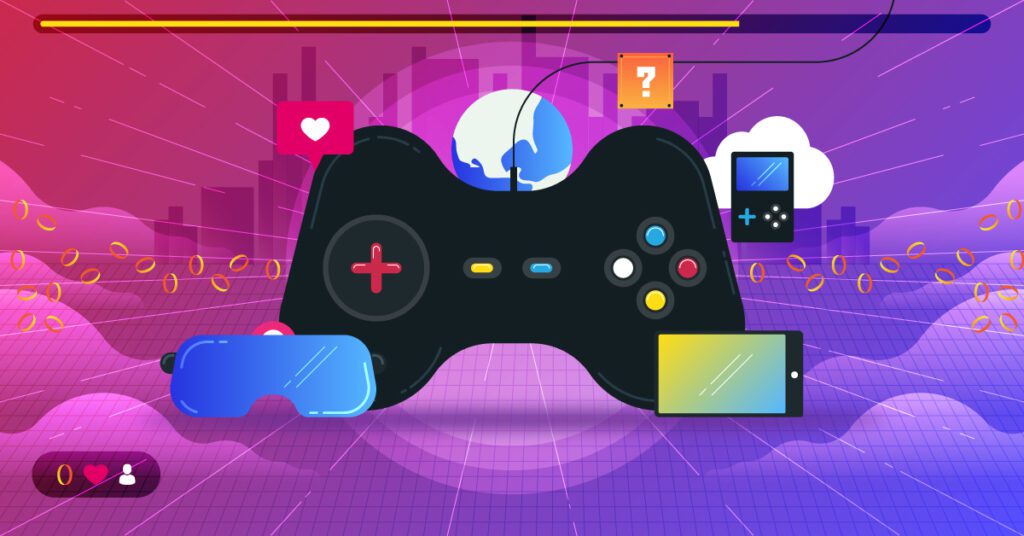Game development technology has come a long way since the early days of Pac-Man and Space Invaders. With advancements in software and hardware tools, game developers are able to create more complex and immersive experiences for players. Game engines have evolved to become more powerful and user-friendly, while content creation tools are integral to game development. Game consoles, mobile devices, and virtual reality (VR) technologies have all played a significant role in the advancement of game development. As software and hardware tools become more accessible, game developers have the tools they need to create unforgettable gaming experiences.
Game Development Technology: The Evolution of Software and Hardware Tools Over the Years
Introduction
Game development technology has come a long way since the early days of Pac-Man and Space Invaders. With advancements in software and hardware tools, game developers are able to create more complex, realistic, and immersive experiences for players. This article will explore the evolution of game development technology over the years, highlighting some of the key software and hardware tools that have played a significant role.
Software Tools
Early Game Engines
In the early days of game development, programmers had to create their games from scratch, writing code to handle every aspect of the gameplay. However, with the advent of game engines, game development became less tedious and more accessible. The first game engine was developed in 1984 by Alexey Pajitnov for the game Tetris.
In the late 80s and early 90s, game engines became more sophisticated with the advent of platforms like the Amiga, PC, and consoles like the Sega and NES. Some of the famous early game engines include the Doom engine by id Software and the Build engine by Ken Silverman, which powered Duke Nukem 3D and Shadow Warrior.
Modern Game Engines
Modern game engines have evolved to become more powerful and user-friendly. Recent advancements in graphics technology have led to the creation of game engines that can render realistic visuals and physics simulations. Some of the most popular modern game engines include Unity, Unreal Engine, and CryEngine.
These game engines offer a wide range of features, including physics simulations, dynamic lighting, and advanced AI. They also come with comprehensive development tools, such as visual scripting interfaces, which simplify game development and enable designers to prototype and test their ideas quickly.
Content Creation Tools
In addition to game engines, there are several content creation tools that are integral to game development. These tools enable game developers to create 3D models, textures, animations, and sound effects. Some of the most popular content creation tools include Autodesk 3ds Max and Maya, Adobe Photoshop, and Ableton Live.
Hardware Tools
Consoles
Game consoles have played a significant role in the advancement of game development technology. The first console, the Magnavox Odyssey, was released in 1972. Since then, consoles have become more sophisticated and powerful, with the ability to render high-quality graphics, offer online connectivity, and support virtual reality technologies.
Some of the most popular consoles include the PlayStation, Xbox, and Nintendo Switch. Each new generation of consoles has brought with it new technology and hardware capabilities, which game developers have leveraged to create increasingly immersive experiences.
Mobile Devices
Mobile devices have become a popular platform for game development over the years, due to their widespread availability and accessibility. With the advent of smartphones and tablets, game developers have been able to create games that are easy to play on the go.
Mobile devices offer a wide range of hardware capabilities, including touchscreens, gyroscopes, accelerometers, and GPS. These hardware capabilities have enabled game developers to create unique gameplay experiences, such as augmented reality games like Pokemon Go.
Virtual Reality
Virtual reality (VR) is a technology that enables users to experience a computer-generated environment as if they were physically present in that environment. In recent years, VR has become an important tool for game development.
VR hardware includes headset displays, hand controllers, and body sensors. These hardware tools enable game developers to create immersive virtual environments that respond to the user’s movements and interactions, offering a new level of gameplay experience. Some of the most popular VR devices include the Oculus Rift, HTC Vive, and PlayStation VR.
Conclusion
Game development technology continues to evolve as designers and developers create new and innovative ways to engage players. As software and hardware tools become more accessible, the possibilities for game development are becoming endless. Whether it’s on a console, mobile device, or in a virtual reality world, game developers have the tools they need to create unforgettable gaming experiences.
